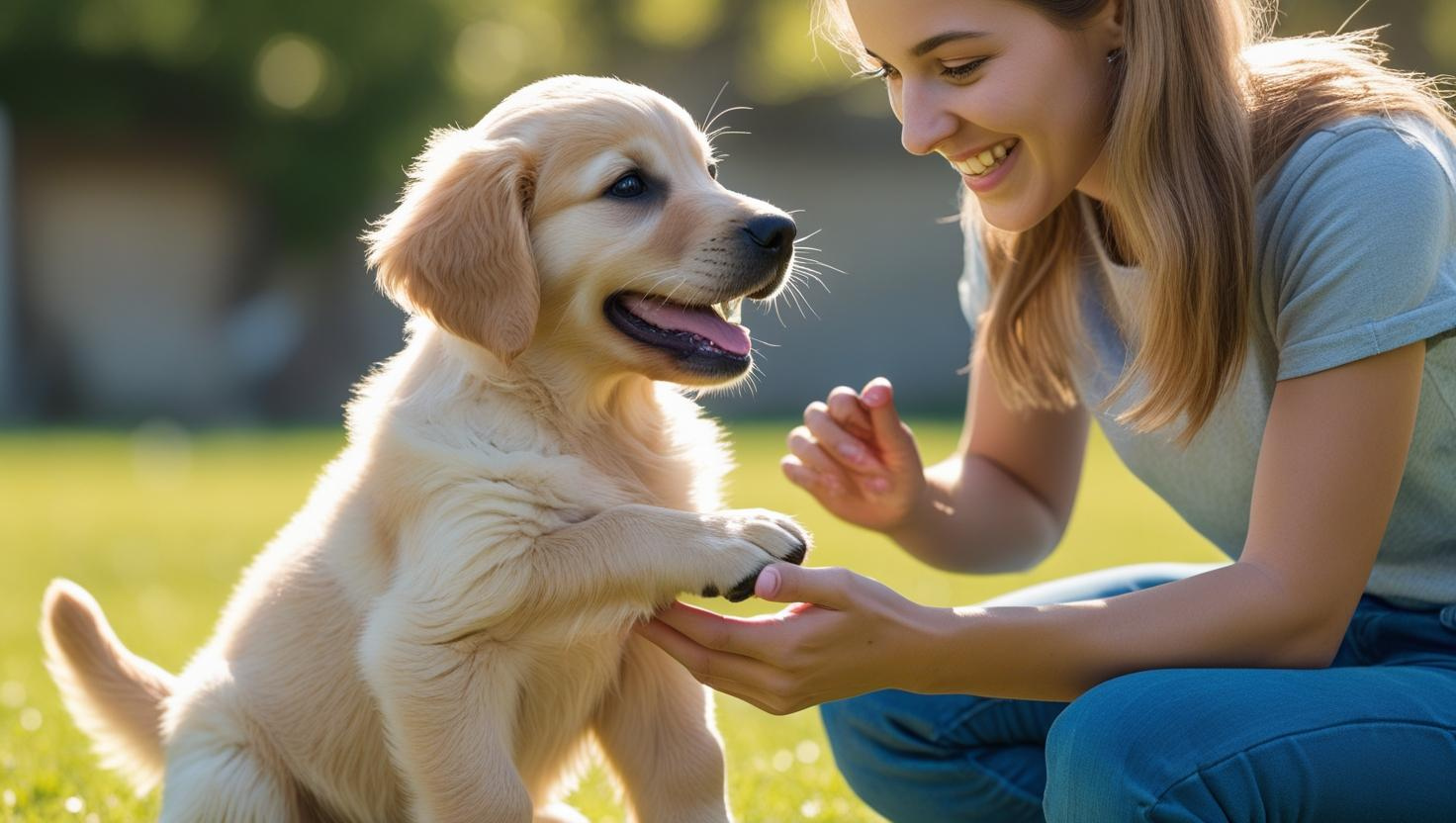Training your dog to respond to basic commands is essential for their safety, good behavior, and overall relationship with you. The commands “Sit,” “Stay,” and “Come” form the foundation of dog obedience. These commands are not just about discipline—they’re about communication, trust, and building a well-behaved companion. This guide will help you teach your dog these three essential commands using positive, proven methods.
Why These Commands Matter
- Sit: Helps control excited behavior, like jumping or barking.
- Stay: Prevents your dog from running into danger or getting into trouble.
- Come: The most important recall command—crucial for safety outdoors or off-leash.
Tools You’ll Need
- A calm training environment (home, backyard)
- A clicker (optional, for clicker training)
- Small, soft treats your dog loves
- Patience and consistency
- A leash and harness (for early training)
How to Teach “Sit”
Step-by-Step:
- Get your dog’s attention: Hold a treat close to their nose.
- Move the treat upward: As their nose goes up, their bottom will naturally lower.
- Say “Sit” as their bottom touches the ground.
- Reward immediately with the treat and praise.
- Repeat 5–10 times in short sessions.
Tips:
- Don’t push your dog’s rear down—use the lure method.
- Always reward the behavior within 1–2 seconds.
How to Teach “Stay”
Step-by-Step:
- Start with your dog sitting.
- Hold your hand out like a “stop” signal and say “Stay.”
- Take one step back.
- If your dog stays, return and reward immediately.
- Gradually increase distance and duration over time.
- Use a release word like “Okay” or “Free” to end the stay.
Tips:
- Practice in low-distraction areas first.
- If your dog breaks the stay, calmly reposition them and try again.
How to Teach “Come”
Step-by-Step:
- Use a long leash in a quiet, enclosed space.
- Crouch down, open your arms, and excitedly say “Come!”
- Gently guide the leash if needed.
- Reward with high-value treats and praise when they reach you.
- Repeat daily and slowly increase distractions and distance.
Tips:
- Never punish your dog after they come—even if they took a while.
- Make “Come” the most rewarding command with special treats or a toy.
General Training Tips
Keep Sessions Short
Dogs have short attention spans. Stick to 5–10 minute sessions, 2–3 times a day. End sessions on a positive note, even if the progress is small.
Use Positive Reinforcement
Always reward desired behavior with something your dog values—treats, praise, toys. Avoid yelling or using punishment; it only builds fear and confusion.
Be Consistent
Use the same word, tone, and hand signals each time. Everyone in the household should follow the same commands and training approach.
Practice in Different Environments
Once your dog masters commands indoors, practice outside, around other dogs, or in public areas to build real-world reliability.
Troubleshooting Common Problems
- Dog won’t sit? Try training when they’re slightly hungry, or switch to a higher-value treat.
- Breaking the stay? Lower your expectations—shorten the time or distance, then build back up.
- Ignoring “Come”? Never chase your dog. Use a long leash to reinforce and reward every correct response.
When to Seek Help
If your dog is consistently ignoring commands or showing signs of fear, aggression, or extreme stubbornness, consider working with a certified dog trainer. Professional support can accelerate training and help tailor it to your dog’s personality.
Final Thoughts: Start Simple, Stay Consistent
Mastering “Sit,” “Stay,” and “Come” empowers both you and your dog. These basic commands build confidence, improve communication, and open the door to more advanced training. With consistency, positivity, and a few tasty rewards, your dog will be well on their way to becoming a calm and obedient companion.
